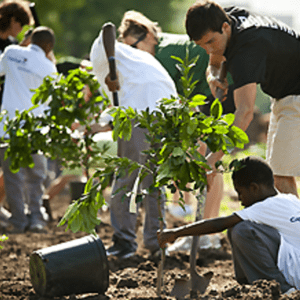Living nutrition
Enviromental
benefits
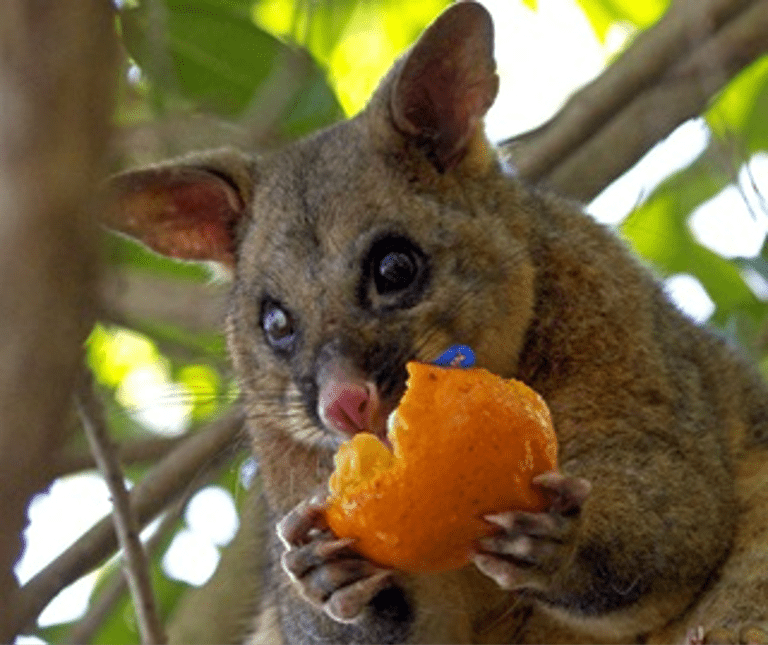

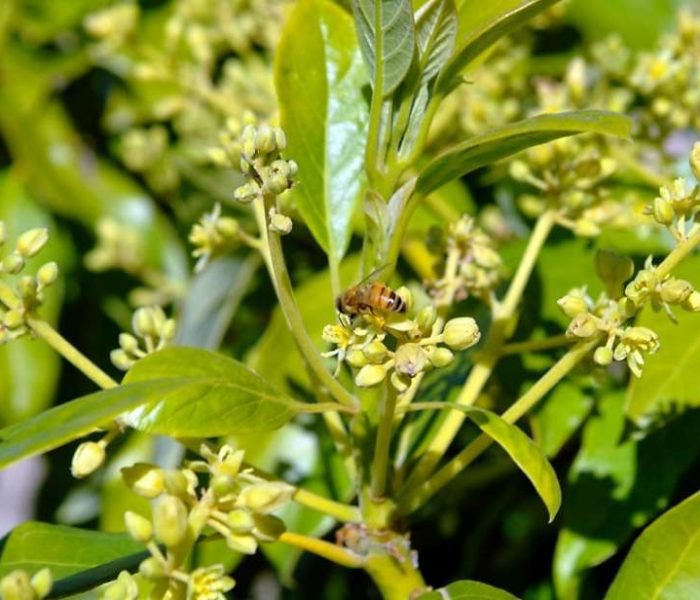
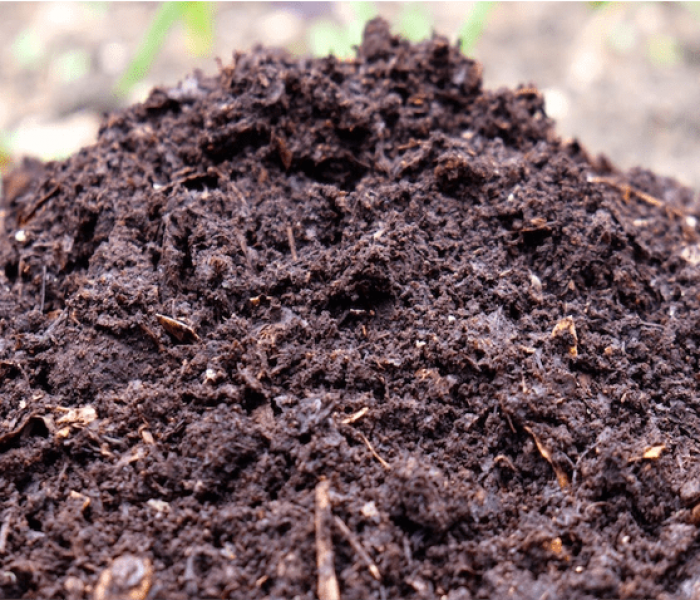
reafforestation


Evolving our diets to eat predominately the fruits of living trees is the only diet and lifestyle that has the potential to reforest the earth. The major benefit of adopting a diet of rich in the fruits of living trees is the stabilization of both air and soil temperatures.
Once fruiting trees are planted, the soil is mulched and left undisturbed throughout the grove’s lifetime, which is anywhere between 20 to 200 + years.
The canopy of fruiting trees, cover and protect the soil, while the massive root system holds the soil together, providing protection against erosion from rain, wind, heat and compaction. No more dust storms, no more mudslides, no more loss of previous topsoil.
Zero Waste
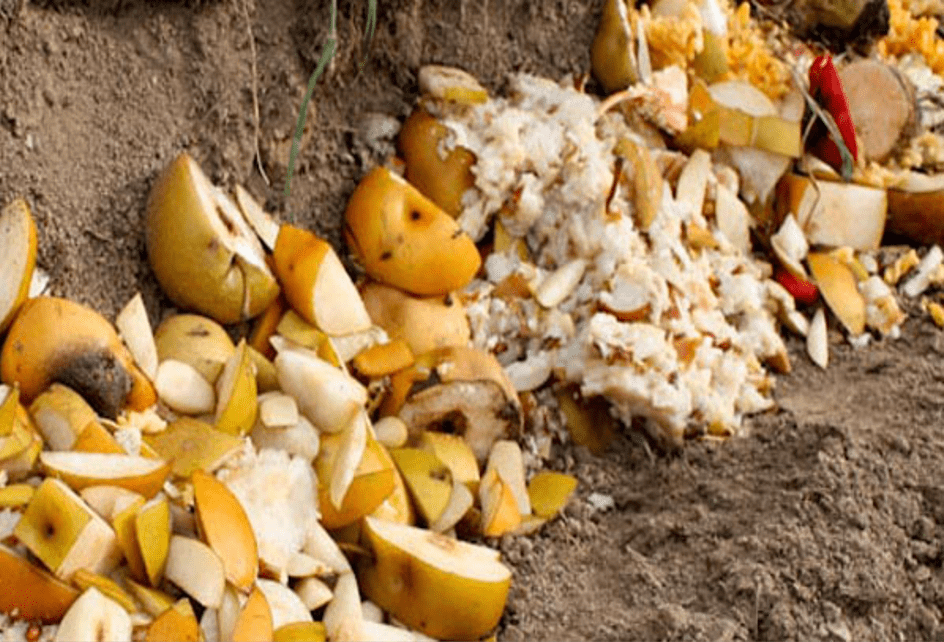

From beginning to end, the waste from a diet of living foods is fully compostable. Food scraps provide valuable mulch and compostable material that builds soil fertility. Banana peels, nutshells, coconut husks, lettuce leaves, melon skins, piths and seeds all breakdown, returning essential nutriments and feeding micro-organisms and beneficial bacteria in the soil.
Fruit scraps along with tree soft wood from pruning fruit trees are also a value resource when fed into bio-digesters that produce biogas to fuel stoves and water heaters.
food security
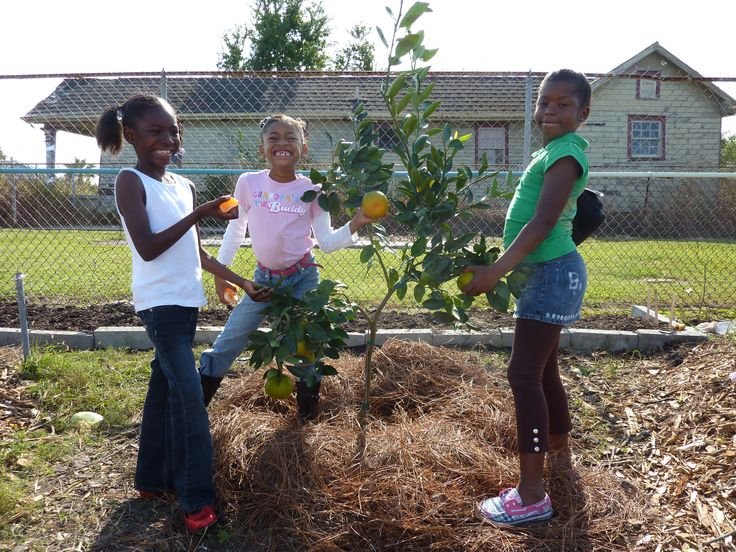

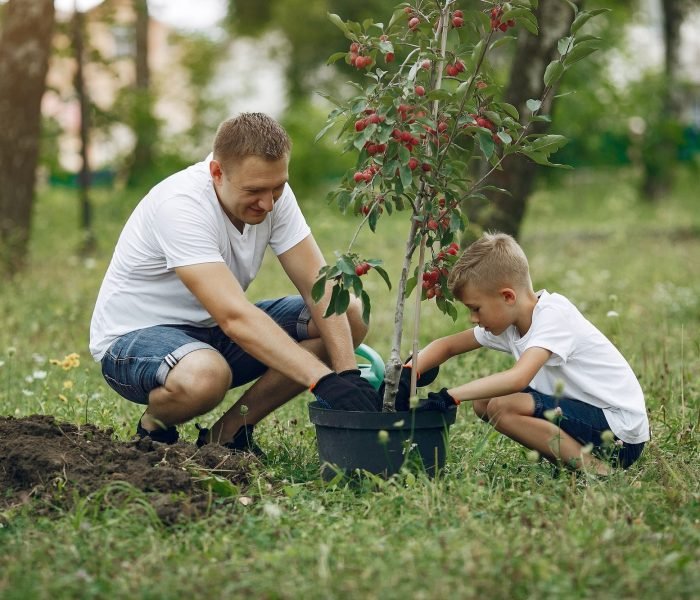
For thousands of years, across the world, people have relied on access to fruit trees and food plants located in public and communal spaces to provide stable sources of seasonal and year-round, food security.
Before giant corporate agriculture backed by government subsidies dictated availability, variety, access and cost of people’s diets, local and regional communal orchards and gardens were a vital source of nutrition that supported villages, towns, and even cities in the majority of countries. Slowly one by one, these communal fruit groves disappeared due to ‘lack of interest’, due mainly to the availability of cheap, but nutritionally-deficient poor-quality highly processed grain-based and meat, milk and egg products.
However, after more than 50 years of the depletion of food’s nutritional by pesticides, artificial fertilizers, and GMO’s, people everywhere are taking back responsibility for their own food choices and sources.
Recent initiatives have seen urban and even rural municipal and community councils, along with social-missioned interest groups, revive community accessible fruit groves and gardens on open public space within city limits and township streetscapes. The community lead initiatives usually begin by formally organising to set an agenda founded on enhancing local food security and providing public education and up-skilling around social, economic and environmental projects such as:
- Community Revitalization
- Building Social Capital
- Social Enterprise and Poverty Reduction
- Demonstrating Cooperative Land and Water Resource Custodianship
- Reclaiming Marginal Land
- Providing Erosion Control to Affected Public Land
- Air quality improvement
- Beautification
- Noise pollution reduction
- Microclimate control
- Provision for Shade in Public Spaces
- Preservation of rare plant genetics
- Providing Habitat for Birds and Beneficial Insects: i.e., bees, butterflies and wasps along with supporting the proliferation of micro-organisms
Bringing rain to deserts, dust bowls & drought affected areas


An expanding body of evidence supports the theory that under the right conditions, forests make rain locally and also hundreds of kilometres away. Scientists have evidence supporting the premise that vegetation is the critical factor in producing rainfall. Trees release microbes and other microparticles enabling water to condense, which ultimately forms clouds.
Vegetation of all types store water and increases water infiltration capacity, as well as, water stored in the soil. With less runoff, more water remains in water catchments to create the conditions for evaporation from soil, leaf surfaces, and transpiration of water by plants. Cloud cover increases, which in turn boosts rainfall and reduces temperatures.
Generating Life-giving Oxygen


Fruiting trees, vines and bushes create oxygen and purity, as well as, filter the air.
Trees convert carbon dioxide (Co2) into oxygen through a process known as photosynthesis. During this process, the leaves absorb environmental gases such as carbon dioxide and nitrogen. Once absorbed, the gases mix with the water inside the plant to create the process of oxidized water.
The resulting substance is known as H20 – purified and without toxic agents. The water molecules inside the plants are broken down further through exposure to the UV rays of the sun before evaporating. The resulting gas is clean, pure oxygen for humans, land and marine animals, birds and insects to breathe.
habitat & food for wildlife
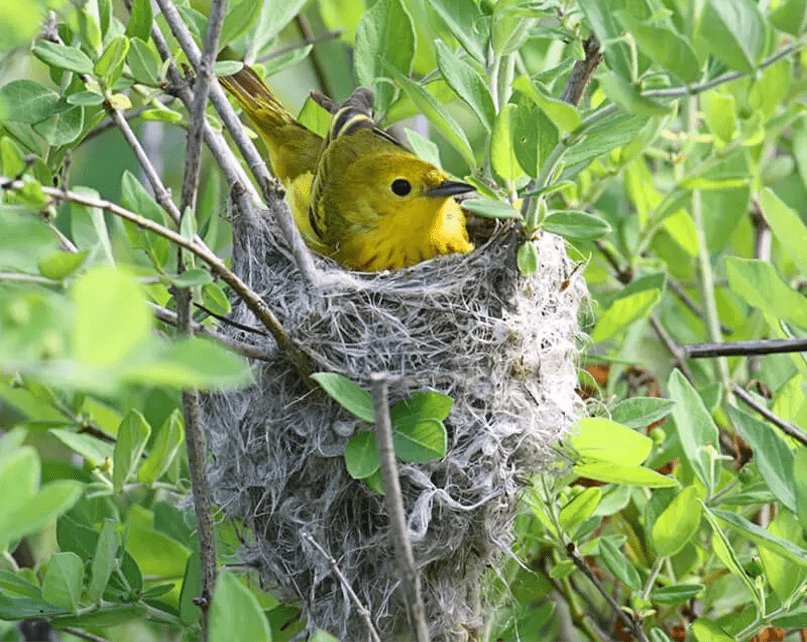

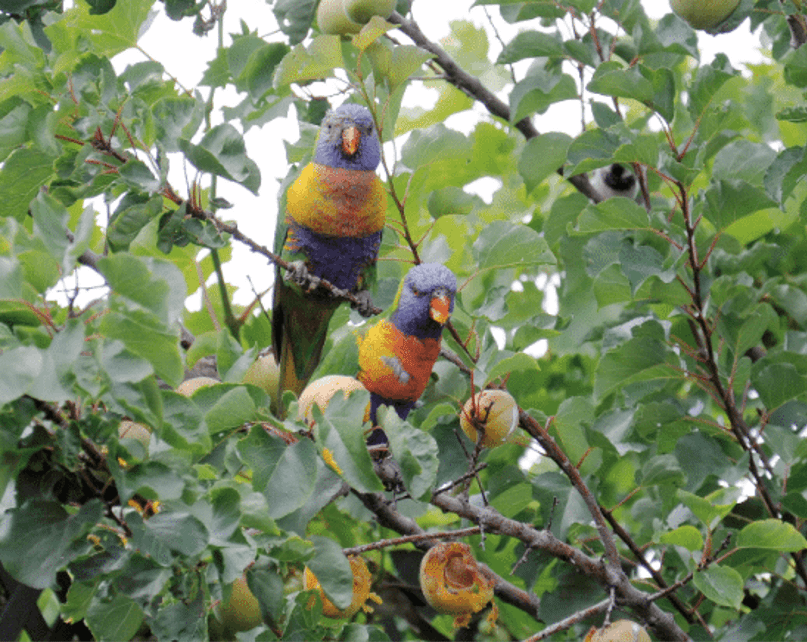
Native fruiting trees, as well as, cultivated orchards and fruit groves provide food and shelter for thousands of animals and plants – many of which are endangered species.
Fruiting Trees serve as a source of nutrition for many living creatures, not just humans.
Fruit grown in tropical, sub-tropical and temperate climates are just as attractive and sort after by wildlife, as it is to us. Windfalls of fruit, along with fruit left on trees provide a vital source of food in both the autumn and winter months, as well as, ensures the survival of a range of birds, small mammals, snakes, spiders, wasps, butterflies, bees and beetles, along with countless other insects and micro-organisms, vital to the proper functioning of the local and wider ecology.
Creating and maintaining a varied orchard floor in essential in terms of supplying the conditions that support a greater diversity of insects, small mammals and birds. Ideally orchards and fruit groves should incorporate areas of long grass, as well as, areas of short grass by staggering mowing regimes to accommodate flower seed set times to ensure bees are able to feed throughout every season.
Hedgerows are also a critical component of ecologically-diverse Fruit Groves. Installed within and along the boundaries of growing areas, hedgerows boost biodiversity by providing food and shelter, as well as, furnishing a corridor connecting to other habitats. Furthermore, Hedgerows allow for the movement of animals and insects across regions. Additionally, planting diverse varieties of fruiting trees, provide additional sources of nectar in the summer and fruit in the autumn and winter months.
stabilizing climates & reclaiming deserts
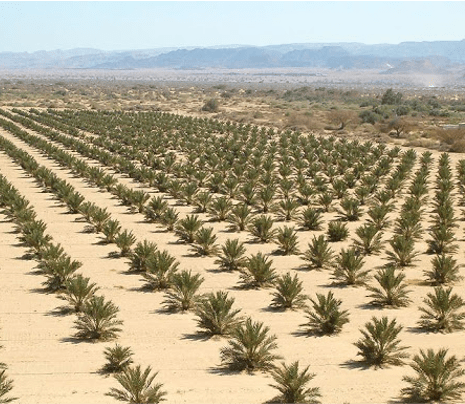

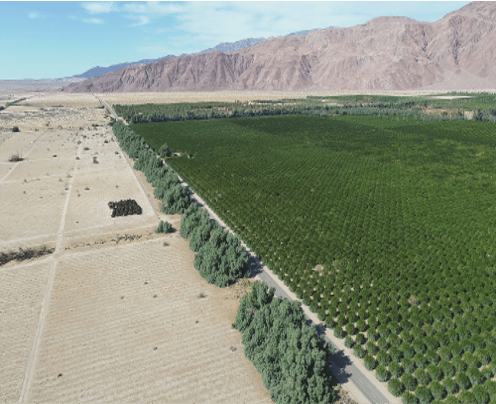
Fruiting trees are of huge economic importance and also of ecological, landscape and cultural significance to populations, along with animals, insects and understory plant-life in marginal land areas and remote desert communities.
Olive, grape, date, loquat, fig, pomegranate, almond, carob, pistachio and bitter orange groves are but a few of the fruits grown for millennia in desert regions across continents.
Significant advances in irrigation technology have brought water – even solar-powered desalinated seawater to desert areas in many countries. China has grown grapes and produced thousands of tons of sundried sultanas and raisins in the XINJIANG – GRAPE VALLEY desert region for hundreds of years by bringing water to the desert via a series of deep wells connected to underground channels.
‘Making the desert bloom’ is much more than a cliché for Israel’s collective farming communities – more commonly known as a Kibbutz. It is a well-established and highly-successful reality. In less than a century & against all odds, Kibbutz orchards and fruit groves provide around forty percent of Israel’s agricultural output from marginal and even dry arid desert land.
In Egypt, cooperative fruit grove farmers have learned to respect the ecosystem in order to survive. One of the techniques used to grow olive trees in desert areas is to interplant the groves with palms. The palms high, dense canopies shade the olive trees from the sun, while allowing the light required for photosynthesis to still penetrate through to the olive trees.
The long, fibrous palm trunks also benefit the olive trees by absorbing air moisture during night and then release it during the hot days, reducing the surrounding temperature by 5-7 degrees Celsius. The palm trees also protect the olive trees from the seasonal March to May hot winds when the trees are in full bloom.




